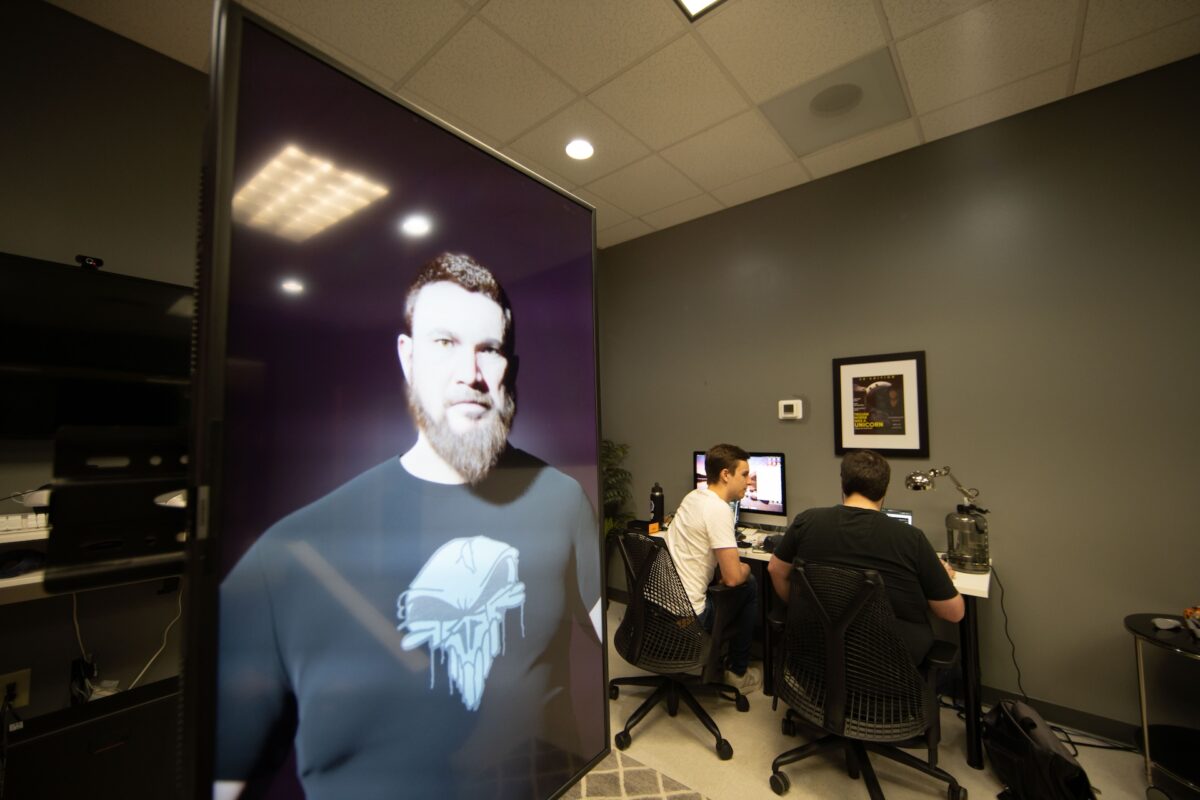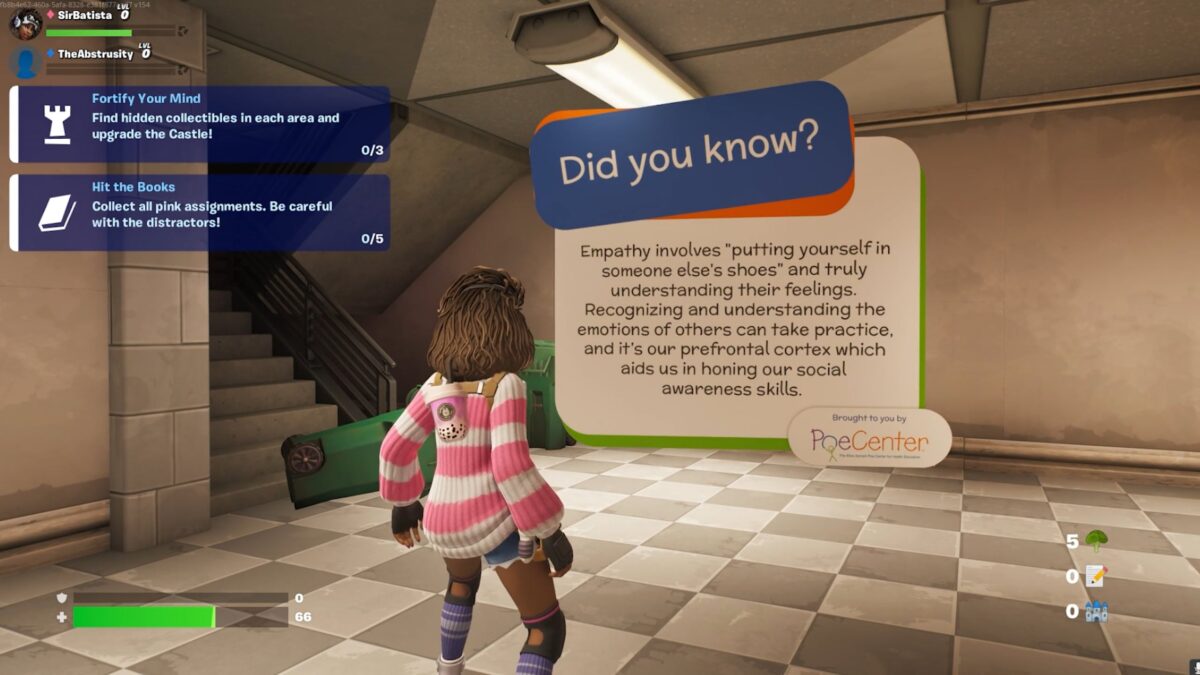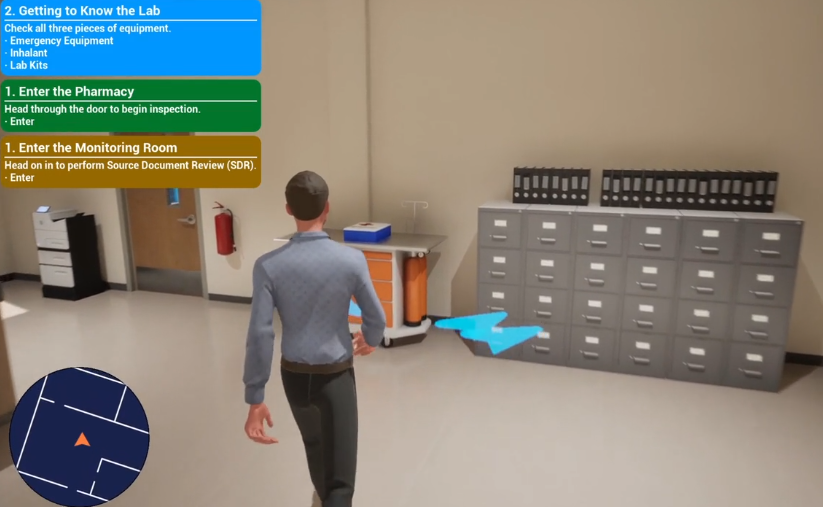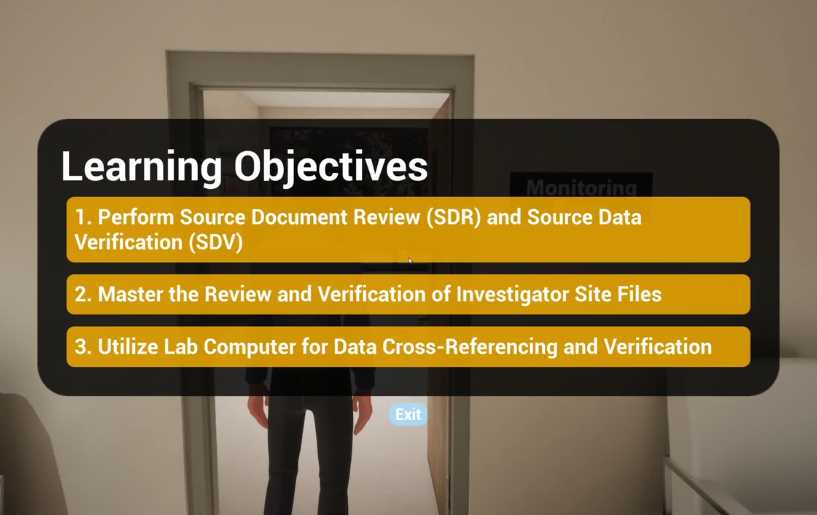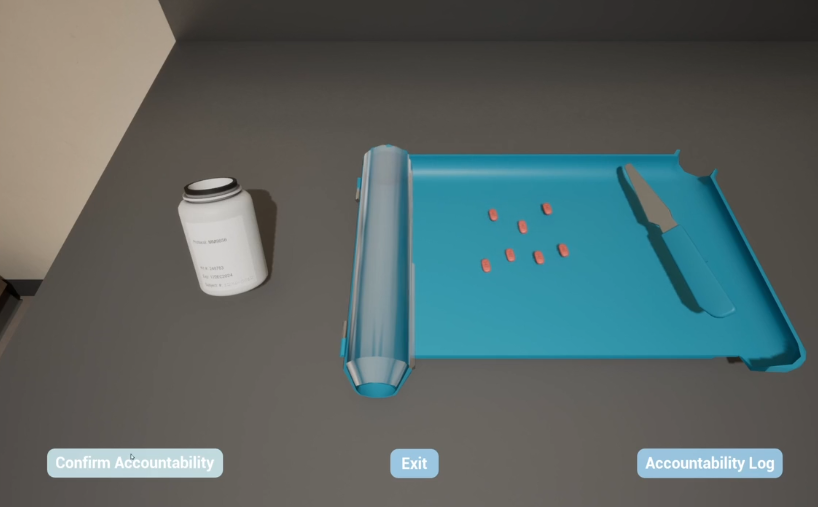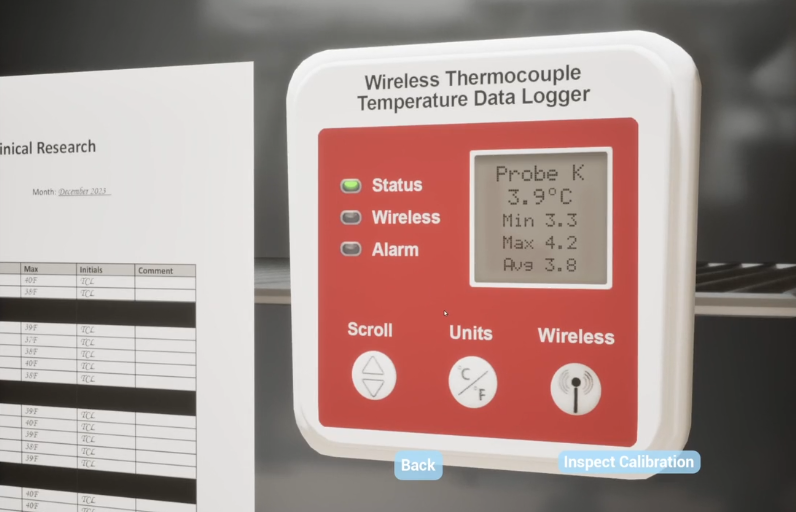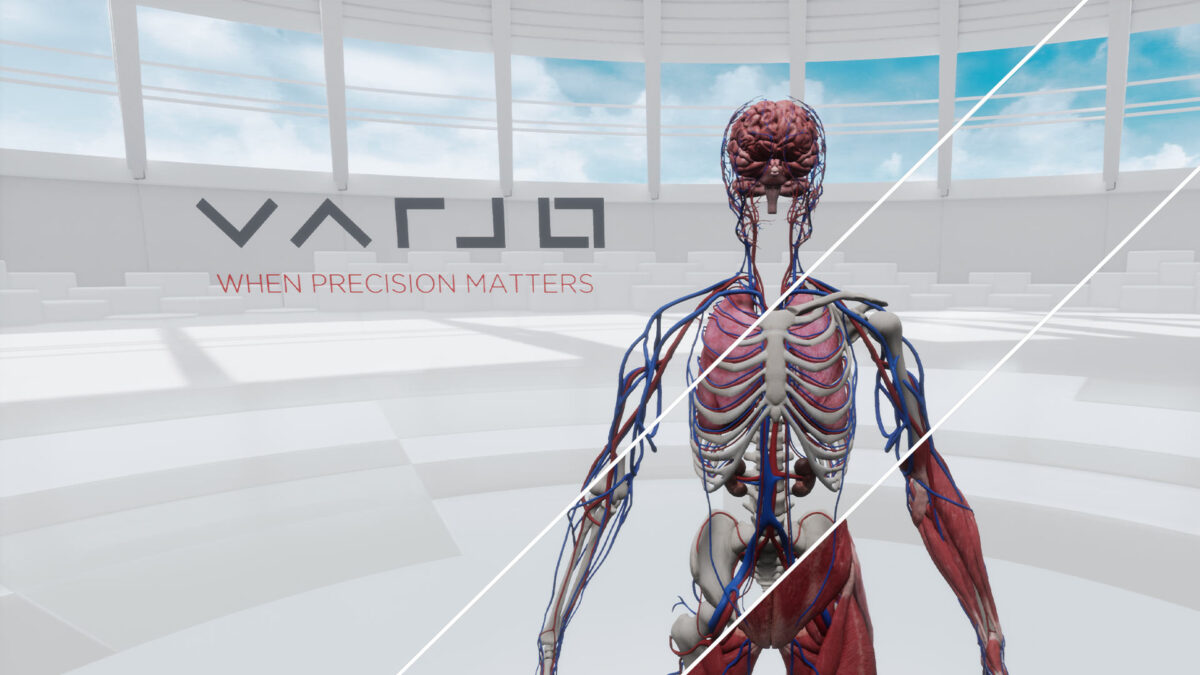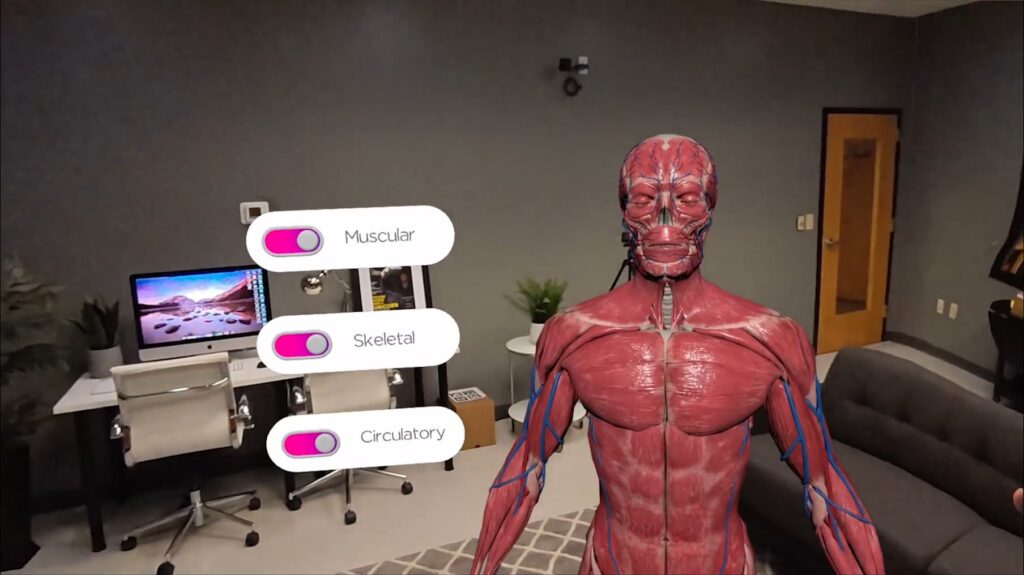As businesses look for smarter, more engaging ways to connect with audiences, train employees, and visualize complex ideas, digital humans—also known as metahumans—are quickly becoming a compelling solution. These hyper-realistic, interactive avatars are powered by advanced 3D modeling, motion capture, and AI, making them capable of human-like communication, behavior, and expression.
So what exactly are digital humans, and how are companies using them today?
At Horizon Productions, we’ve been building next-gen digital human experiences that help businesses unlock the full potential of this technology—whether it’s for training, marketing, or real-time interaction.
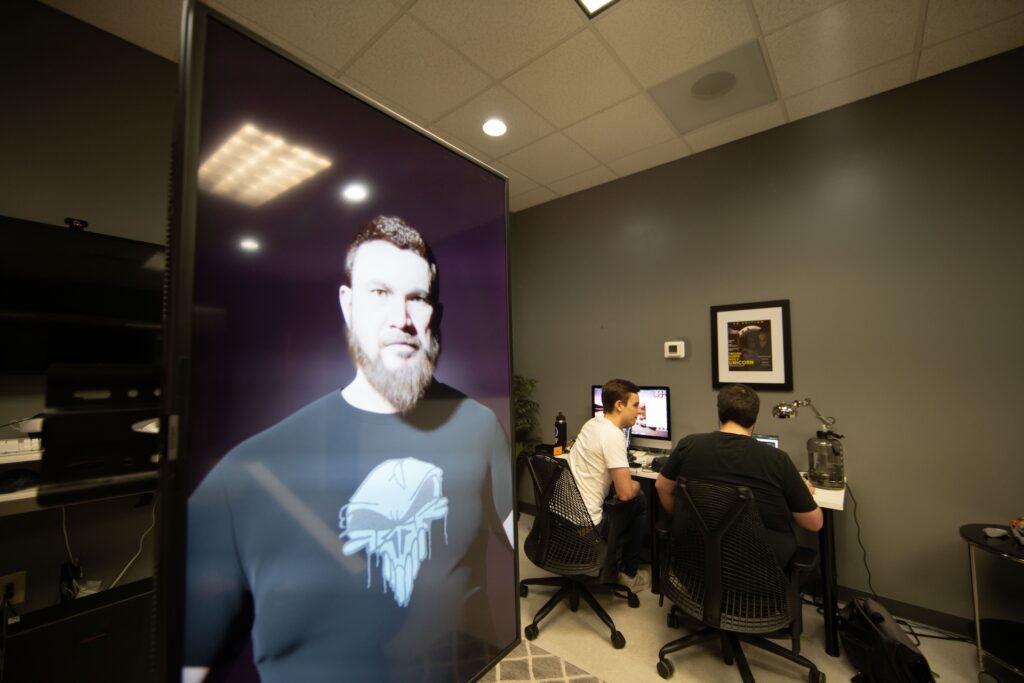
Defining Digital Humans (Metahumans)
Digital humans are lifelike virtual representations of people, built using high-fidelity 3D modeling and often animated in real time. Tools like Unreal Engine’s MetaHuman Creator have made it easier than ever to generate stunningly realistic avatars with detailed facial animations, gestures, and natural-looking movements.
When combined with AI-driven language models—like GPT or domain-trained conversational AIs—these avatars can respond, teach, guide, and communicate almost like a real person. The result? A truly interactive experience that bridges the gap between digital and human engagement.

Key Business Applications
Here are some of the most practical and forward-thinking ways digital humans are being used across industries:
1. Conversational Training and Onboarding
Digital humans can serve as interactive trainers for new employees, guiding them through onboarding, safety procedures, or compliance training. When powered by a conversational AI, they can field questions in real-time, adapt their tone to the user’s experience level, and offer a consistent, scalable learning environment.
Use Case: A manufacturing company deploys a digital human to talk new hires through machine safety protocols using voice-guided instruction.
2. Digital Human Chatbots
Instead of interacting with faceless text on a screen, users can now engage with a digital human that responds with facial expressions, voice inflection, and body language—making the exchange feel more natural and human. These avatars can be embedded in websites, kiosks, or customer service portals.
Use Case: A hotel chain uses a metahuman concierge on its booking website, answering questions, making personalized recommendations, and helping guests finalize reservations.
3. Medical Visualization and Disease Modeling
One of the most powerful applications is in healthcare, where digital humans can be used to visually represent different disease states or severities. A custom UI can allow practitioners—or even patients—to explore how conditions progress or respond to treatment, aiding in education, diagnosis, or sales enablement for pharmaceutical reps.
Use Case: A pharmaceutical company uses a digital human to show how eczema appears across different skin tones and severity levels, helping dermatologists choose the right treatment path.
4. Virtual Spokespersons or Brand Ambassadors
Metahumans are now appearing as the face of brands—offering product overviews, demonstrating features, or delivering key messages at trade shows or on digital platforms.
Use Case: A tech company creates a digital brand ambassador who appears across social channels and AR/VR platforms, narrating the company’s innovation story in a consistent, polished voice.
5. Customer-Facing Training Simulations
From retail to healthcare, companies are using metahumans in virtual scenarios where users can practice handling customer interactions, difficult conversations, or real-world challenges in a safe environment.
Use Case: A retail chain trains store managers with an interactive digital human who simulates various employee conflict scenarios, allowing trainees to practice resolving issues with empathy and professionalism.
Why It Matters
At Horizon Productions, we believe digital humans are more than just a tech novelty—they’re a powerful new interface for business. They create space for scalable, deeply engaging interactions in training, marketing, and customer experience.
As AI continues to evolve and spatial computing becomes more mainstream, we see digital humans playing an even bigger role in enterprise workflows, virtual events, remote learning, and more.
Let’s Build the Future, Together
If you’re exploring how to integrate digital humans into your business, Horizon Productions can help you design, develop, and deploy custom solutions that align with your brand, audience, and goals. From lifelike modeling and motion capture to conversational AI integration, we handle the full pipeline.
Whether you’re imagining a virtual trainer, an interactive disease state simulator, or a digital sales rep that works 24/7—we’re here to bring it to life.
